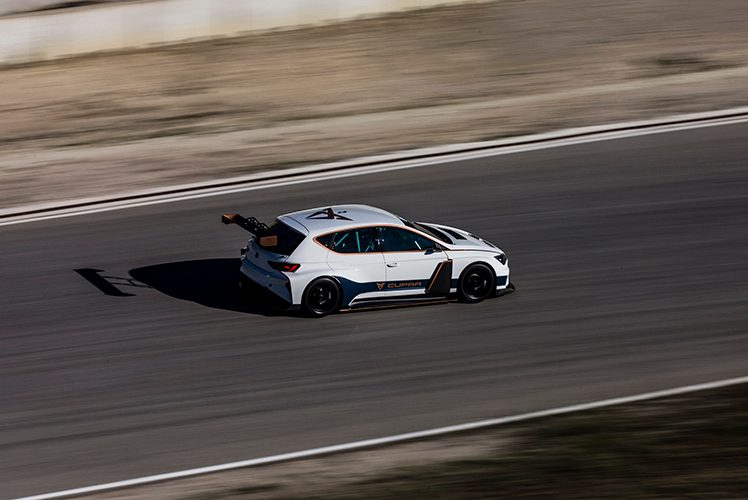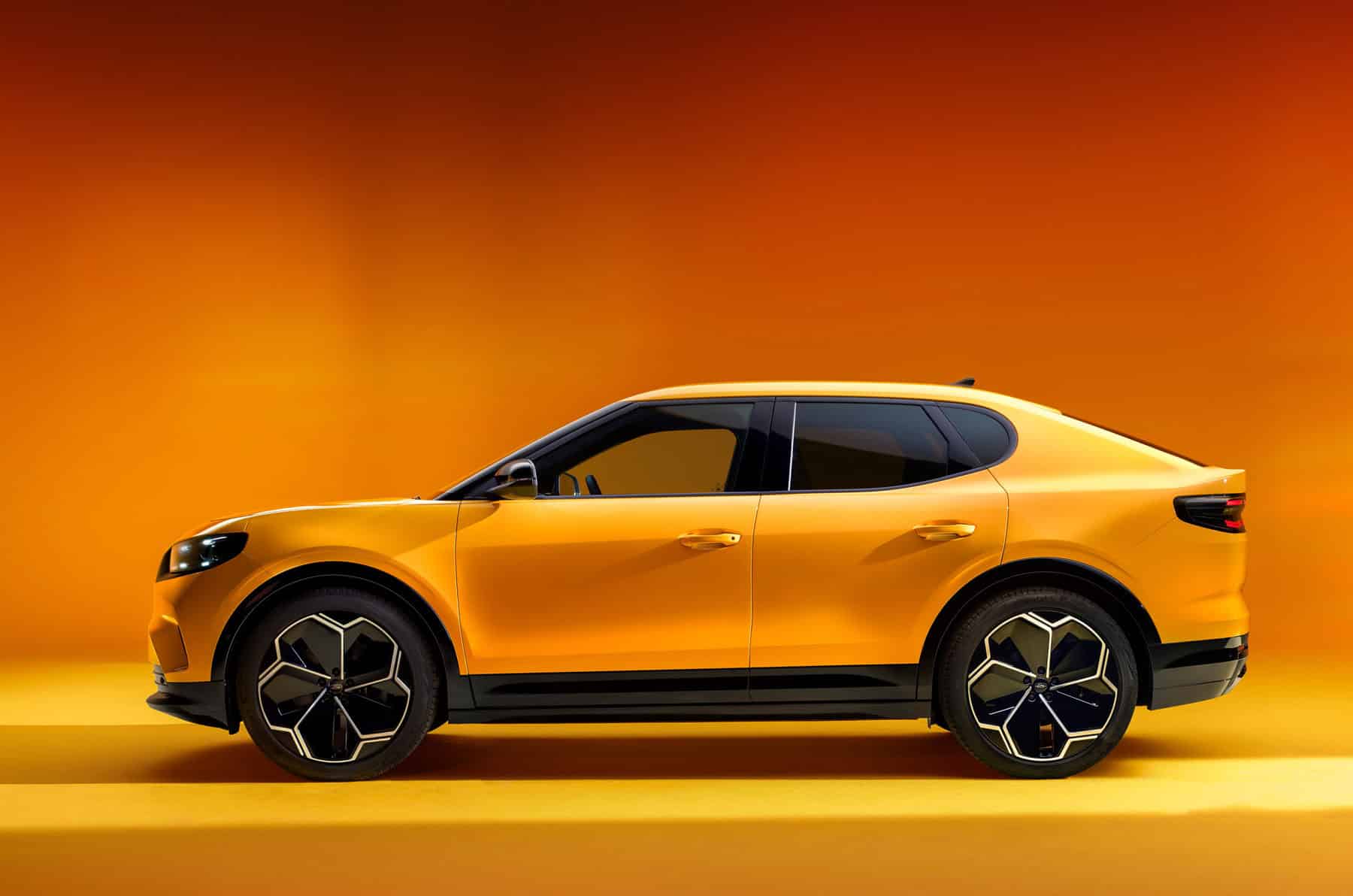
Until just a few years ago, the roar of engines and the stench of petrol and burnt tires were the main attractions that lured thousands of fans to the world’s racetracks. Yet the omnipresent concern for environmental conservation is now becoming also increasingly more evident in motor sports.
Since 2014, Formula E has been attracting more and more fans every year. Despite the fact that just the quiet hum of the electric engines can be heard instead of the deafening noise of combustion engines. And these cars are still only half as fast as their bigger brothers over at Formula 1. This year MotoE was launched as a MotoGP framework racing series for two-wheelers. An electric GT series is in the planning stage as well. One thing that has already been decided is the ETCR event, an electric touring car championship that will kick off in 2020.
You can find out more about electromobility in motorsport here.
Not much slower than conventional touring cars
Cupra, who is responsible for SEAT high-performance vehicles, designed the e-Racer for this E-TCR. The 680 hp, all-electric racing car delivers a peak output of up to 500 kW which can be maintained for over ten seconds. The continuous output is 300 kW. The four engines enable the E-Racer to accelerate from 0 to 100 km/h in 3.2 seconds. From 0 to 200 km/h in 8.2 seconds. And to reach a top speed of 270 km/h. The E-Racer is equipped with a high-capacity engine that can be maintained over ten seconds. At 300 km/h, the traditional DTM cars with combustion engines are just 30 km/h faster – even though the massive battery makes the vehicle 400 kg heavier than its petrol-powered touring car counterpart.

Apart from the top speed of the E-Racer, the charging time is also impressive. The 6,702 batteries recharge in just 40 minutes, according to SEAT. Also, power is recovered during deceleration and braking with the aid of kinetic energy. For aerodynamic reasons, the rear-view mirrors have also been completely replaced by small cameras. The display (which is integrated into the dashboard) shows the driver what is happening around him. He is able to monitor and transmit all relevant data from the electrical system and vehicle performance in real time on the main touch screen.
Successful test on Formula 1 circuit
The E-Racer passed its first rigorous test a few days ago when Swedish racer Mattias Ekström put it through its paces at the Circuit de Catalunya in Barcelona. Ekström, who has already won the Race of Champions three times, has tried out every combustion engine model there is during his racing career. Nevertheless, at first he had to get used to the E-Racer.
“I think the greatest challenge is to drive without a manual gearbox and without using the engine valves as a reference. For example, for assessing how fast you can drive around corners,” said the 2004 and 2007 DTM champion. It felt really good, especially when you come out of the slow corners on the track at full throttle. He admits that he still needs a little more time to get used to the sound of the engine. “It’s a lot quieter than any other engine I’ve driven before and I am a very emotional driver.”

Hyundai is also currently running tests
While SEAT was testing the E-Racer in Spain, Hyundai took its Veloster N ETCR to the first On-Track Test in Hungary and drove on the Hungarian circuit near Budapest for two days. This test also went smoothly, the company stated. It allowed the engineers to work on further optimizing the racing car’s performance and efficiency.
The ETCR will be the first touring car series. It will feature production models from different manufacturers all powered by a standard 100% electric drivetrain. The batteries and Vehicle Control Modules (VCMs) will be supplied by Williams Advanced Engineering, who equipped the Formula E cars with batteries during the first four seasons. The company even received the Queen’s Award for Enterprise in the Innovation category in 2018 for its work.
Dates for the ETCR’s first season have not yet been set. However, the races will be held on three continents . In Europe, Asia and North America, on regular road routes and permanent racetracks.








